Sony Video Camera Can You Charge The Battery?
Sony video cameras are renowned for their exceptional quality, versatility, and reliability, catering to a wide range of users, from amateur hobbyists to professional filmmakers. However, an essential aspect of owning a Sony video camera—or any video camera—is managing its power supply effectively. Charging the battery is a fundamental part of maintaining the camera’s performance and longevity. This article delves into the practical details of charging Sony video camera batteries, addressing common user concerns and providing actionable tips.
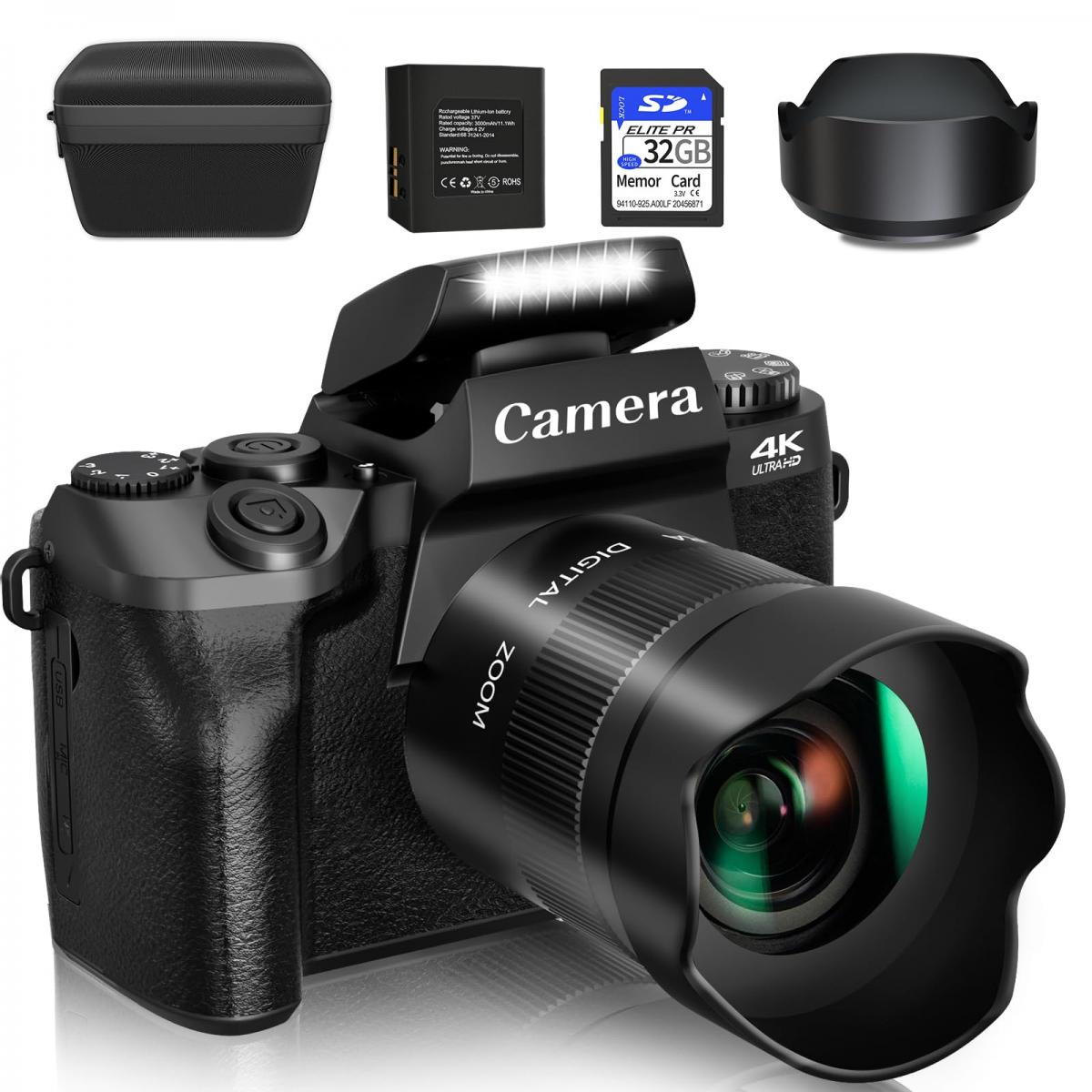
---
1. Understanding Your Sony Video Camera Battery
Sony video cameras typically use lithium-ion batteries. These batteries are known for their high energy density, lightweight design, and the ability to retain charge over long periods. Sony manufactures proprietary batteries for its cameras, such as the NP-F series for professional camcorders or NP-FW50 for compact mirrorless cameras.
Before delving into charging methods, it’s essential to understand the type of battery your camera uses. This information is available in the camera’s user manual or on Sony’s official website. Using the wrong charger or improper charging practices can reduce battery efficiency or even cause permanent damage.
---
2. Charging Options for Sony Video Camera Batteries
Sony offers several methods to charge video camera batteries, ensuring flexibility and convenience for users. Each method has its pros and cons, depending on your situation.
A. Charging Directly with the Camera
Most Sony video cameras allow you to charge the battery directly while it is inserted in the camera. This method is convenient for users who don’t want to carry extra equipment.
1. Requirements:
- The original USB or AC adapter that came with the camera.
- Access to a USB power source or wall outlet.
2. Steps:
- Turn off the camera.
- Connect the USB cable to the camera and the power source.
- Observe the charge indicator light on the camera; it will light up during charging.
3. Pros:
- Easy to set up.
- No need to remove the battery.
4. Cons:
- Slower charging compared to external chargers.
- Ties up the camera, making it unavailable for use.
---
B. Using an External Charger
External battery chargers are a popular option for users who frequently use their cameras or own multiple batteries.
1. Requirements:
- A compatible Sony or third-party charger.
- Access to a power outlet.
2. Steps:
- Remove the battery from the camera.
- Insert the battery into the external charger.
- Plug the charger into a power source.
3. Pros:
- Faster charging compared to in-camera charging.
- Frees up the camera for use with another battery.
- Ideal for charging multiple batteries simultaneously.
4. Cons:
- Requires additional equipment.
- Not always included with the camera.
---
C. Charging via Power Banks
Modern Sony video cameras often support charging via USB power banks, a lifesaver for users on the go.
1. Requirements:
- A high-capacity power bank with sufficient output (preferably 5V/2.1A or higher).
- USB cable compatible with the camera.
2. Steps:
- Connect the power bank to the camera using the USB cable.
- Ensure the power bank is charged beforehand.
3. Pros:
- Portable and convenient for outdoor shoots.
- Can provide extended power during usage.
4. Cons:
- Slower than wall charging.
- Dependent on power bank capacity.
---
3. Practical Charging Tips for Sony Video Camera Batteries
To maximize battery performance and lifespan, adhere to the following best practices:
A. Use Original or Certified Accessories
Always use the original charger and cable provided by Sony. If unavailable, purchase certified third-party alternatives. Using counterfeit or incompatible accessories can harm the battery and void warranties.
B. Avoid Overcharging
Modern lithium-ion batteries are equipped with protection circuits to prevent overcharging. However, it’s good practice to unplug the charger once the battery is fully charged to avoid unnecessary strain.
C. Monitor Charging Temperature
Batteries should be charged in a cool, dry environment. Extreme temperatures can impact charging efficiency and battery longevity. Avoid charging in direct sunlight or freezing conditions.
D. Store Batteries Properly
If you’re not using your camera for an extended period, remove the battery and store it in a cool, dry place. Partially charge the battery to around 50% before storage to preserve its health.
E. Charge Batteries Regularly
For best performance, charge the battery regularly, even if you don’t use the camera often. Letting a battery discharge completely before recharging may cause degradation over time.
---
4. Addressing Common Concerns
A. Can I Use My Camera While Charging?
Many Sony video cameras support operation while connected to a power source. This feature is particularly useful for lengthy shoots or live streaming. However, this depends on the camera model, so consult your user manual to confirm.
B. How Long Does It Take to Charge?
Charging times vary depending on the battery capacity, charger type, and power source. Typically, in-camera USB charging may take 3-5 hours, while external chargers can fully charge batteries in 2-3 hours.
C. Is It Safe to Use Third-Party Batteries?
While third-party batteries are often cheaper, they may not meet Sony’s safety and performance standards. Always choose batteries from reputable brands with positive reviews and certifications to avoid potential issues.
---
5. Troubleshooting Charging Issues
If your Sony video camera battery is not charging, consider these troubleshooting steps:
1. Check the Connections: Ensure all cables are securely connected and the power source is functional.
2. Inspect the Battery: Look for physical damage, corrosion, or dirt on the battery terminals. Clean with a dry cloth if necessary.
3. Try a Different Charger: The charger itself may be faulty. Use another compatible charger to confirm.
4. Reset the Camera: If charging through the camera fails, reset the camera by removing the battery and reinserting it after a few minutes.
5. Replace the Battery: If the battery no longer holds a charge, it may have reached the end of its lifespan and needs replacement.
---
6. Conclusion
Charging your Sony video camera battery effectively is crucial for uninterrupted operation and optimal performance. Whether you’re a casual user or a professional filmmaker, understanding the nuances of battery charging can save you from frustration and ensure a seamless shooting experience. By following best practices, choosing the right accessories, and staying prepared with backup solutions, you can focus on capturing your creative vision without worrying about power interruptions.
Remember, your camera’s battery is the lifeline of your filmmaking journey. Treat it with care, and it will serve you well for years to come.


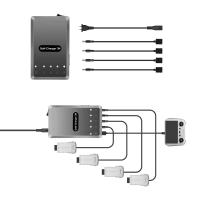



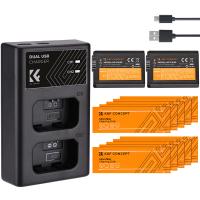

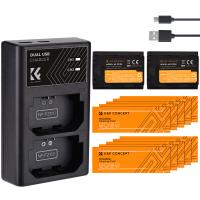
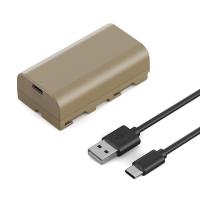
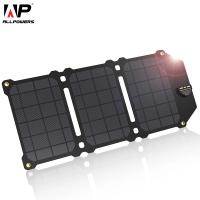
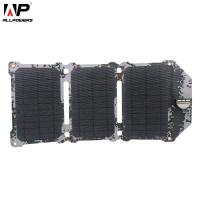




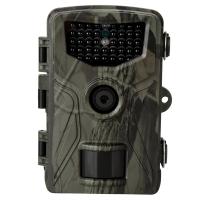

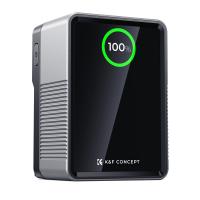
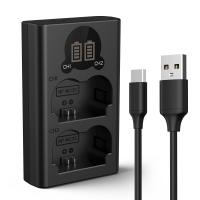
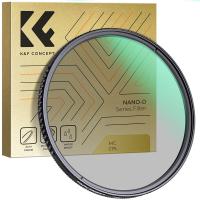

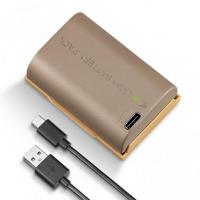
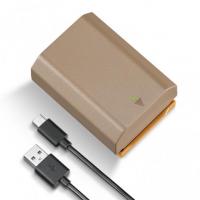

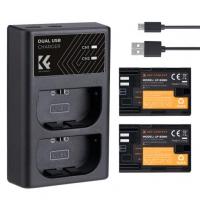

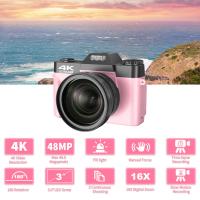



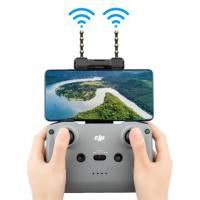




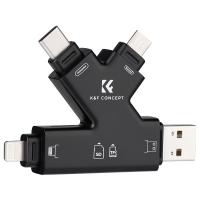
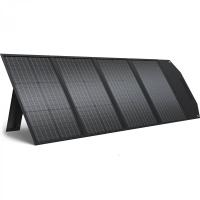
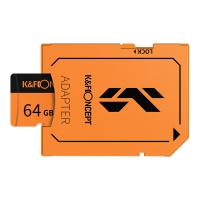

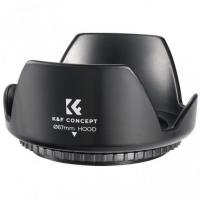
There are no comments for this blog.